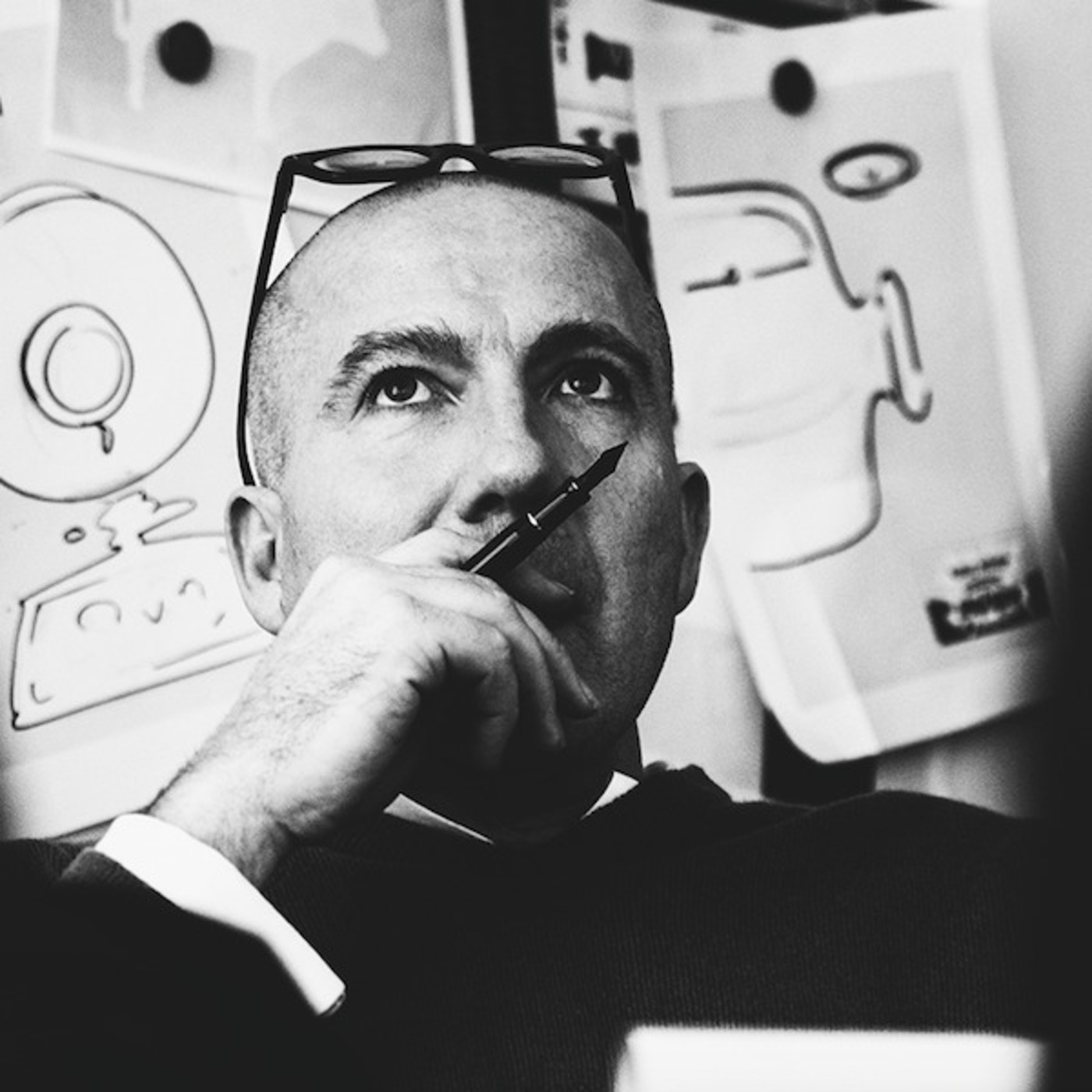MARY WARLICK - 'Selling Creative'
Description
I’ve just finished watching ‘Coco Chanel Unbuttoned’.Not only did I discover Coco wasn’t her real name (Gabrielle), I discovered her philosophy.Pre-Coco, high end fashion used the finest, most expensive materials, like silk, lace and satin – a visual display of one’s wealth.Coco chose instead, the basic materials she’d grown up with, poor and in an orphanage.Like jersey, previously used to make men’s underwear, she used it to make dresses.She did the same with the tough, knitted stripey material favoured by sailors, called tricot.The flared pants of sailors were the inspiration for her trousers for women.Strong Scottish tweeds were cut to make petite cocktail dresses.The white starchy collars and cuffs worn by waitresses were repurposed, becoming chic.And all in black and white.(The colours worn by the nuns from her childhood.)The look was dubbed the genre pauvre (the poor look).Copying Coco Chanel’s designs today would be very backward looking, obviously, but copying her philosophy wouldn’t be.What would inspire the genre pauvre today?Workman’s materials have changed, today you could say they would be nylons, plastics, hi-vis and rubber moulding.A collection of clothes that repurposed those materials could hardly be backward looking.It's the difference between thinking and execution.In advertising, the two seem to have fused together.Something old must be old fashioned, and everybody knows old fashioned is bad, obvs.Take that old duffer Leo Burnett, what the hell could he teach us today?In the forties, his agency was nicknamed the ‘Critter Agency’ due to their tendency of creating characters for their ads – The Jolly Green Giant, Tony The Tiger and the Marlboro Man to mention but a few.Look at these ads today and you’ll be hard-pressed to find any relevance to your day job.Some are un-run-able.But look at the theory behind them and it’s a different story.Leo believed advertising wasn’t a high engagement business, it was an impressions business.And if you are working with such a small slivers of attention, using a visual symbol for the product would help people become more familiar with it, therefore becoming more likely to pick it up when they see it in stores.Not a bad rule for advertising, particularly social media, as their impressions seem to be the slightest.And for all you cool kids who say 'I never look back, only forward' ; try getting inspiration from the future.It’s really hard.For the rest, check out 'Selling Creative'.A great book outlining the fifty advertising giants on whose shoulders we all stand on.Written by Mary Warlick, who, for the bulk of my time in the business ran the One Club, so it's not only thoroughly researched, it has the benefit of Mary actually knowing most of those giants she writes about. (She didn't lunch with Raymond Rubicam, but other than that...)You can pick up a copy of Mary's book here, here and all good bookshops (and a few bad ones, to be fair).We had a lovely chat, hope you enjoy.
More Episodes
A muffin company wants to make more money.It's hard to increase their current customers weekly muffin intake - so they need add some new ones.To flip muffin fans who aren't choosing theirs, they need to tell them about their company or muffins that will get them to try one.And tell them in a way...
Published 02/06/24
Published 02/06/24
Carling's 'Dambusters'.Fallon McElligott's Lee Jeans.BMW's 'Birth of A Notion'.Saatchi's Dunlop'.Webster's Hofmeister Bear.Lowe's Heineken.June Whitfield's Birds Eye.Hegarty's 'Levi's Russia'.Alka Seltzer's 'Lifeboat'.Etc,Etc,Etc.
Published 09/12/23


